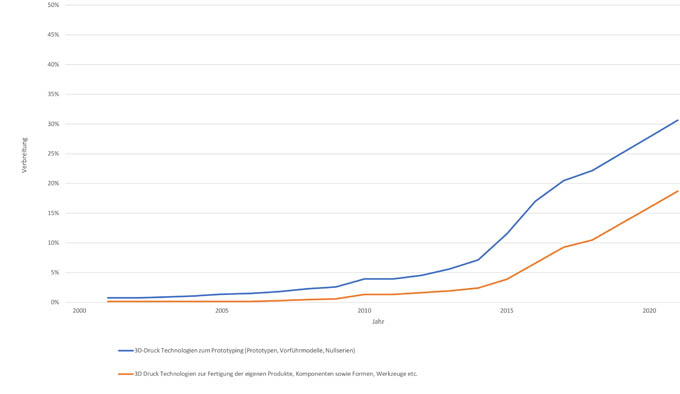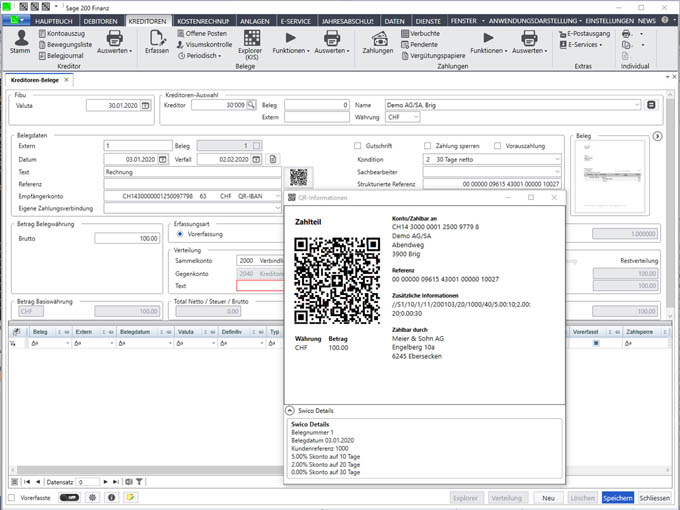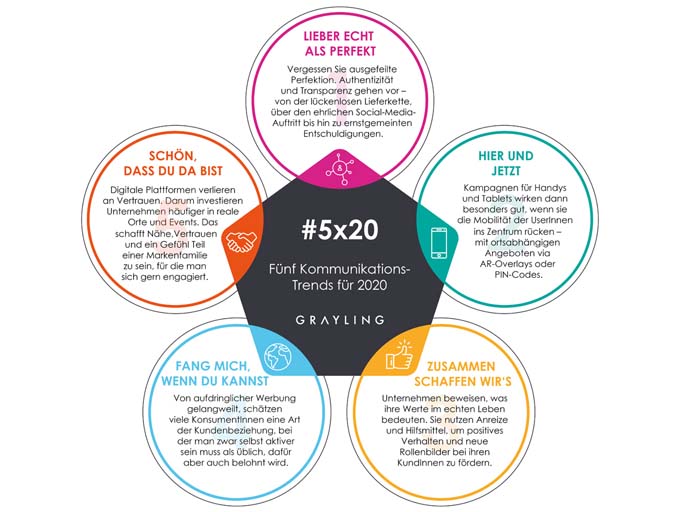Swiss software provider Opacc is "in good shape".
Swiss software provider Opacc can look back on an excellent 2019 financial year and is one of the most popular employers, according to the company. 17 additional jobs were created and it's continuing at this pace, with utilization at 100% for the time being.

The move from Kriens to Rothenburg has paid off. The first full business year at OpaccCampus Rothenburg was the best in the company's more than 30-year history. This is according to the Swiss software provider, which has been developing its own enterprise software platform (Opacc OXAS) developed with. Sales increased by more than 10%, 17 new jobs were created and more than 1500 new users were acquired for Opacc. Beat Bussmann, founder and CEO, sees more than just the bare figures: "Even nicer for us is the realization that larger companies in particular are increasingly considering us as a partner. The OpaccCampus virtually opens up new business potential for us in a different segment."
Personnel market remains dry
Opacc is - as in previous years - one of the most popular employers in Switzerland and has received several awards. The rating platform kununu.com has determined which Swiss companies are the most popular employers. Opacc, with its approximately 150 employees, has occupied top positions for years. The software provider also achieved 2nd place in the Swiss Employer Award and also 2nd place in "Best Workplace 2019". Opacc responded to the shortage of skilled workers last year with a wide range of measures. The pleasant working atmosphere in the brand-new OpaccCampus is just as much a part of this as flexible working hours, fair application processes and the "Friendly Work Space" initiative.
Work-life balance as well as ongoing support for training and development are further cornerstones for good and stable employment relationships. Two broad-based recruitment campaigns generated a gratifying number of inquiries.
Events on our own campus
The new building in Rothenburg opens up new perspectives for in-house events. The various event formats enjoyed great demand in 2019, especially the OpaccTalks at the end of the day with up to 50 guests and exciting speakers. But also the morning events Early Bird and the in-depth seminars OpaccTracks for customers were very well attended. The company from central Switzerland has been building on experience in the development and implementation of enterprise software for over 30 years. In 2019, numerous new installations were completed and two major software updates were delivered. Thanks to Opacc's unique upgrade guarantee, customers are automatically kept up to date.
Source: Opacc





















